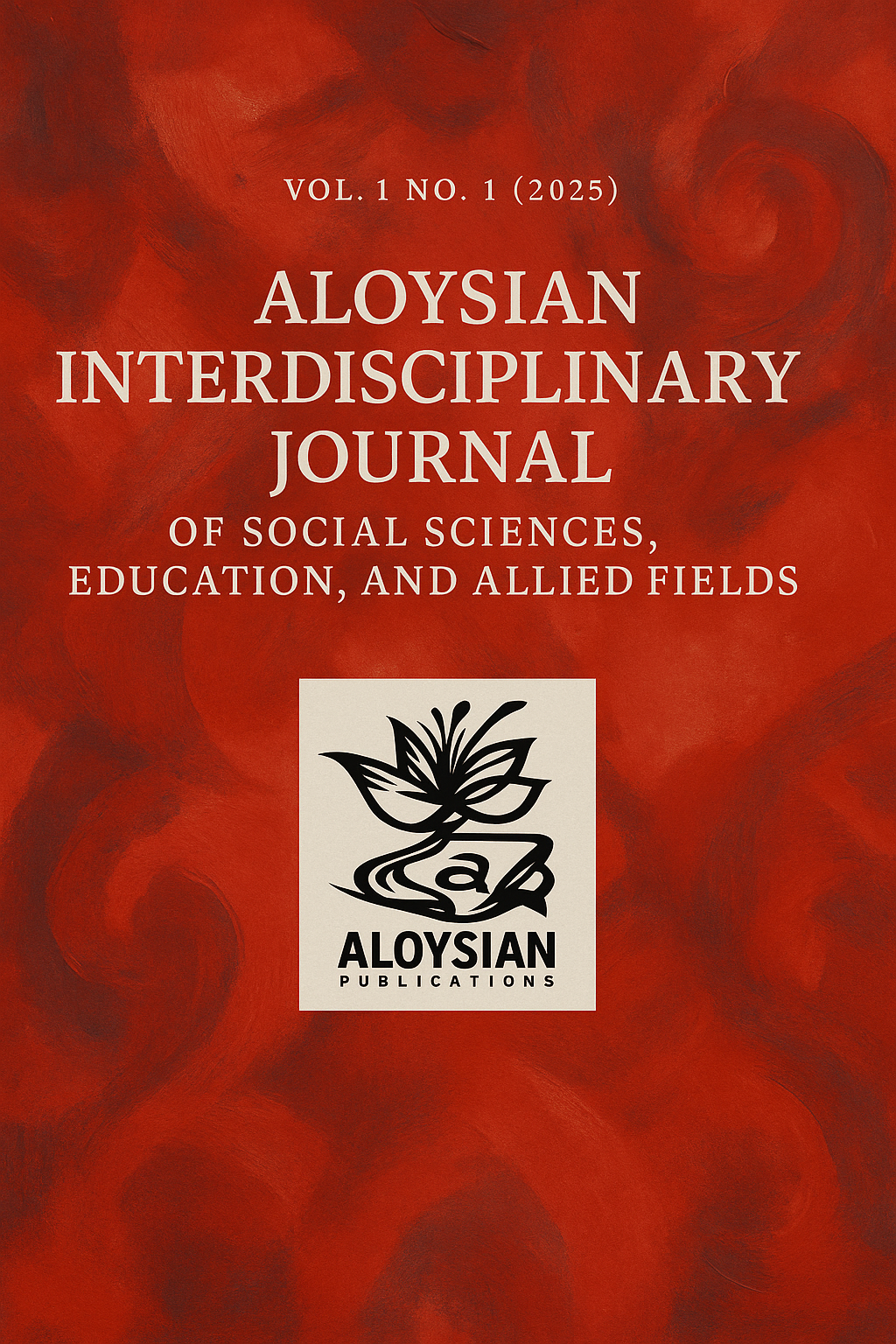Unpacking The Dynamics: Students’ Conflict Management Strategies in a Tri-Classroom Setting
Keywords:
Conflict Management Strategies, Tri-Classroom Setting, PhenomenologyAbstract
Classrooms around the world become more diverse; students are increasingly exposed to different backgrounds, beliefs, and behaviors. While this diversity offers valuable learning experiences, it can also lead to misunderstandings and conflict. In the Philippines, the implementation of heterogeneous or tri- people classroom sectioning has brought together students from various tribes and cultures, making conflict management an important area to explore. This study deals with how students handle conflicts in these mixed classroom settings. It revealed factors of interplay in conflict, kinds of conflicts occur, how students deal with them, and how effective their strategies are. Using a qualitative approach, ten students were interviewed, and their experiences were analyzed through thematic coding. Results showed that conflicts often stemmed in proximity, cultural differences, and communication breakdowns to emotional reactions and complicated group dynamics, ranging from minor disagreements to serious issues like physical altercations using weapons. Students shared that they manage conflict in different ways, some prefer to talk things out directly, others choose to stay silent, and many turn to teachers or trusted adults for help. While some of these methods worked to ease tension, they often only solved the problem temporarily. The students’ responses were shaped by personal experience and advice from people they trust. The study suggests that while students are finding ways to cope, there's still a need for better support in helping them build long-term conflict resolution skills. Encouraging open communication and mutual respect can help create a more peaceful and safe learning environment for students.






 Aloysian Publications
Aloysian Publications